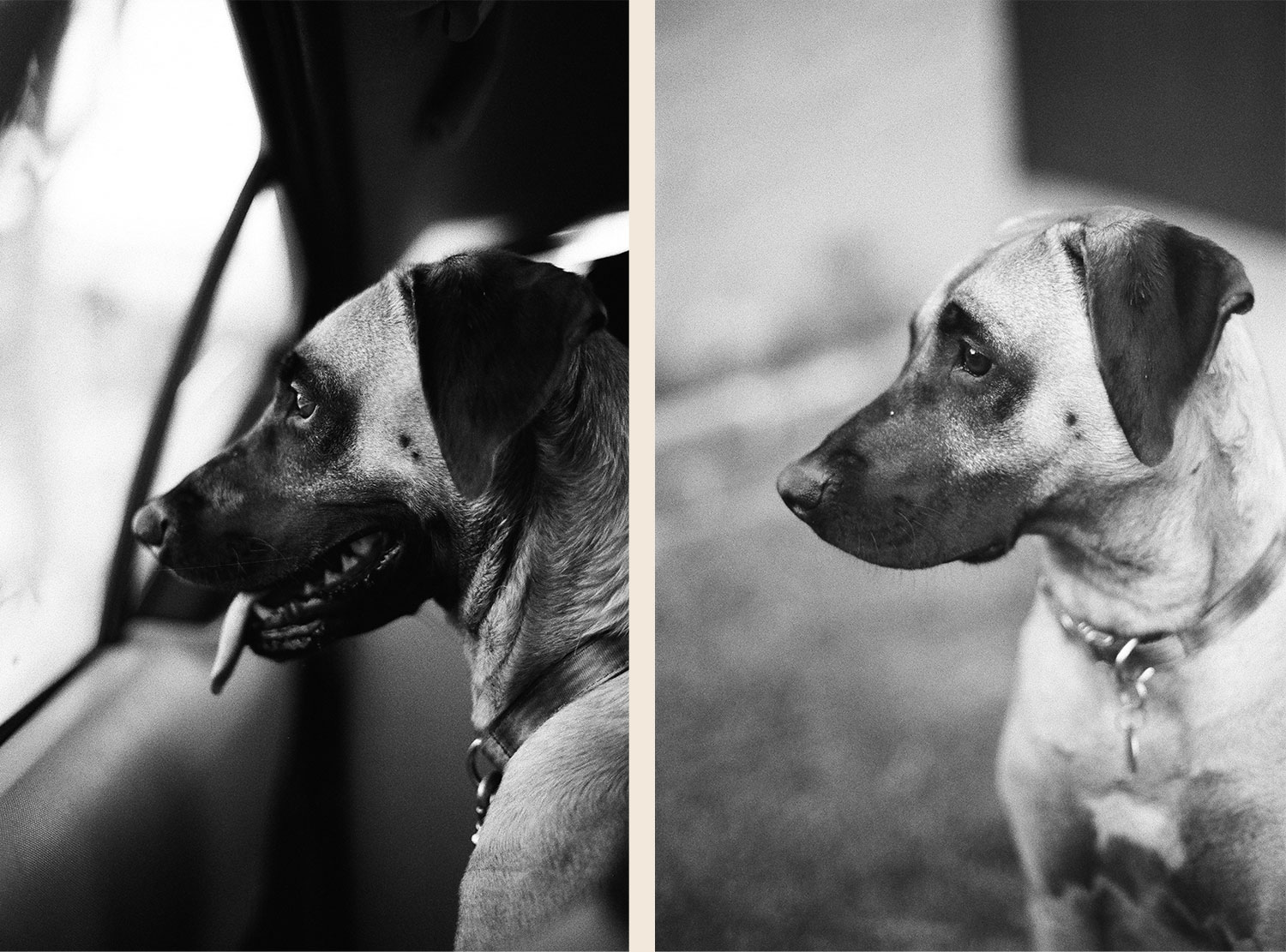All About Kodak T-MAX P3200 Film
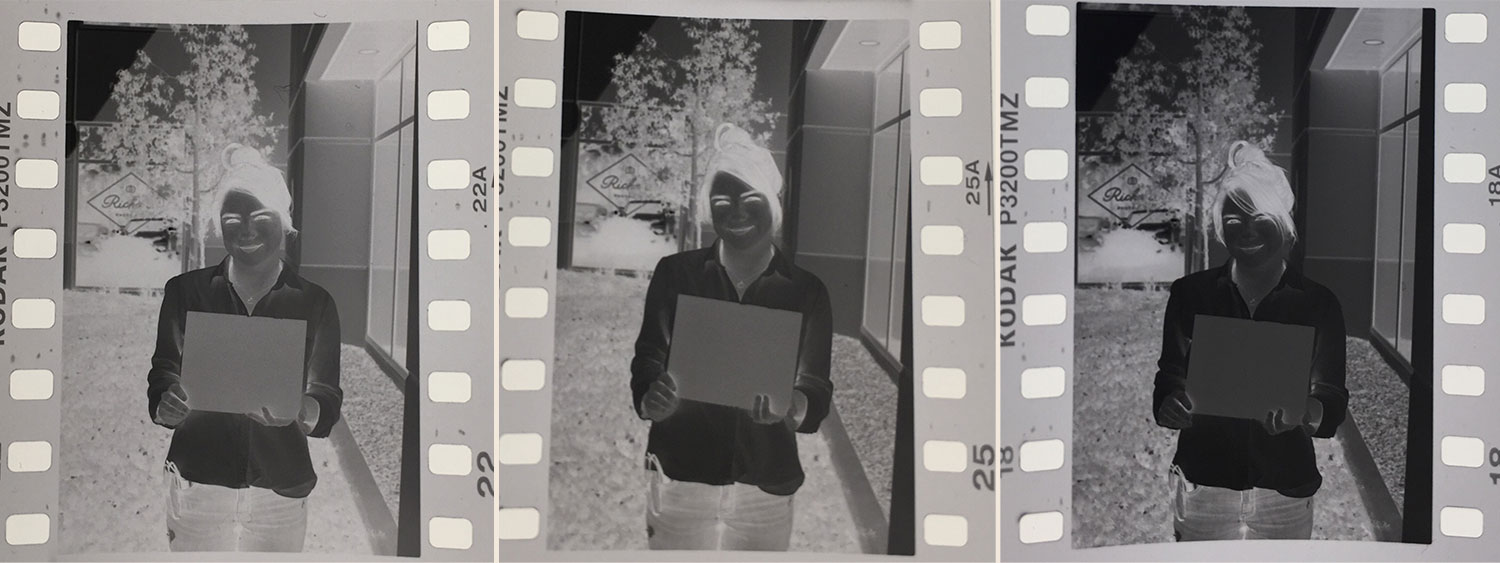
Is there anything more exciting than a retired film stock going back into production? Okay, probably… but for the film community, it’s hard to beat. Which is why Richard Photo Lab was thrilled when Kodak announced that, after discontinuing the film in the early 2000s, they were re-releasing their T-MAX P3200 film!
And of course, being the film nerds we are, we got our hands on a few rolls so we could test it out. Check out the results so you can see what this film is all about. We’ve also included comparisons with TMAX 100 so you can compare the differences in grain after you develop your film.
Kodak’s T-MAX P3200 is currently available in 35mm film format only (for now... fingers crossed 120 film will become available).
This multi-speed panchromatic black & white negative film is, according to Kodak, designed to be used as a “multi-speed film” so that you can shoot it in a variety of applications, including low-light and fast-action scenarios.

Featured on this Post: Kodak T-MAX P3200
Stock up on Kodak T-MAX P3200 for your next shoot!
Buy FilmThe “P” in P3200 actually stands for “push”—that’s right, this stock was intended to be pushed in film processing (ie, developed longer) when shot at 3200, because its nominal ISO is 800. However, for the sake of simplicity in our test, we rated and developed at 3200 so that the only variable you need to think about in our brackets below is exposure.
Remember: If you send this film to Richard Photo Lab, we will process it as 3200 unless you indicate to push or pull your rolls.
For this test, we shot with a Nikon FM2, 50mm Nikkor lens, and Pentax digital spot meter. We also included an 18% gray card to get the most accurate light meter reading for this test. You can download the full-resolution scans and negatives to see the bracketed test in its full high quality glory.

Since most of you will be rating this film at 3200, 1600, or 800, here's a better view of those exposures...
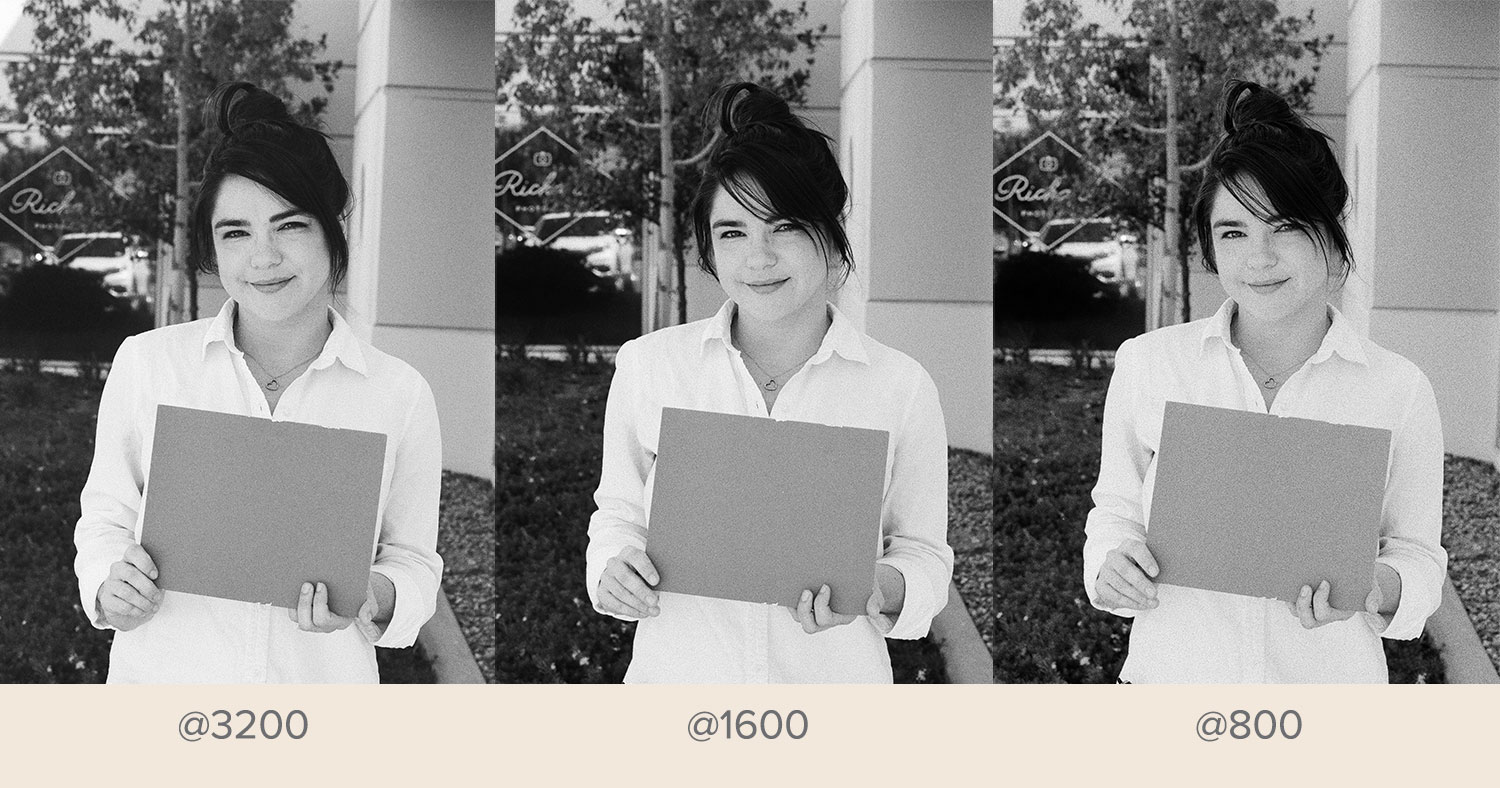
And, of course, no bracket test would be complete without a look at the negatives!
Richard thinks that the ideal density for this film stock is between normal and +1 when rated at 3200.

Extreme close-ups ahead!
Because grain is such a prominent characteristic in black & white film images, let’s look at how the grain structure of T-MAX P3200 compares to T-MAX 100. Holy smokes, if you’re a grain lover, then P3200 has it going on!
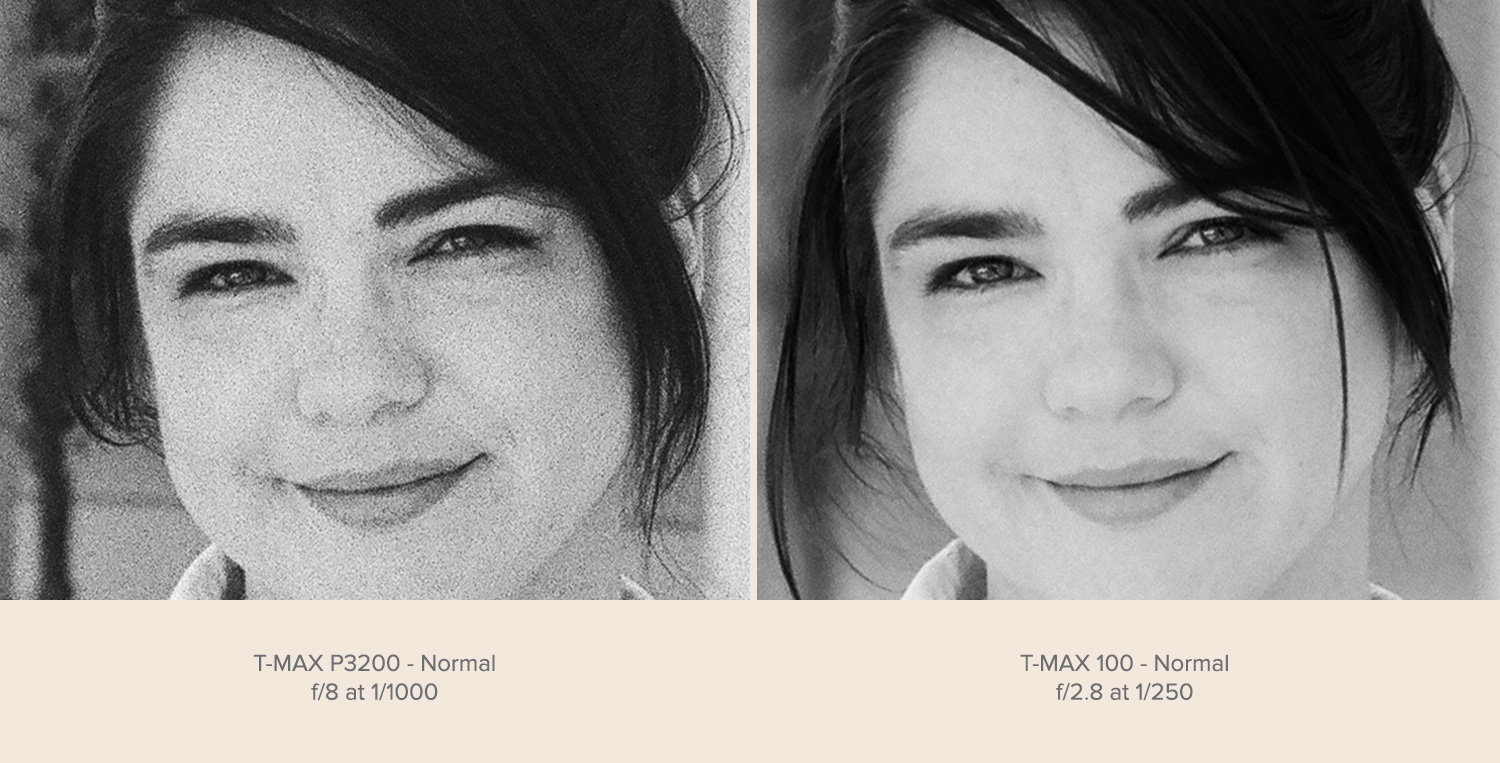
As long as we’re on the topic of grain… we all know as film photographers that, when in doubt, overexposing can be your friend. However, as with any high-speed black & white film, overexposing too much can cause a ton of grain.
And too much grain can be a problem when scanning your film, because the scanning machine will output an image that displays a weird, grid-like pattern.
Richard thinks this pattern could be another form of “The Staircase Effect”, in which very overexposed negatives can result in your scanned order being returned with banding across the frame.
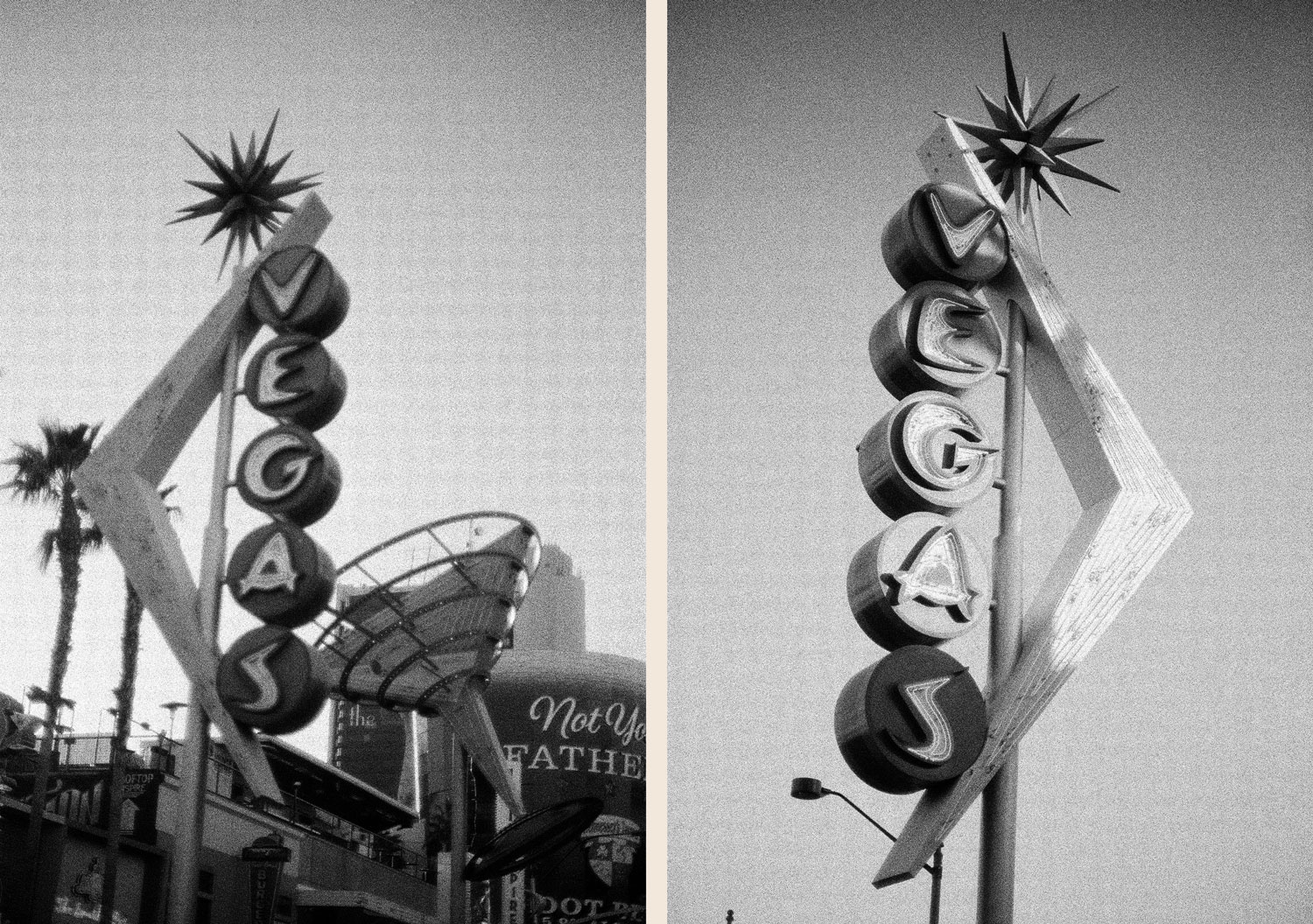
Here’s just a little taste of images shot on Kodak’s T-MAX P3200. Think this film might be for you? Try it out and tell us what you think!
